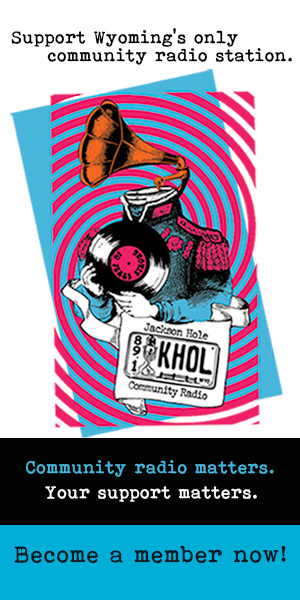Make our newscast part of your daily listening routine. Subscribe on Spotify (or wherever you listen to podcasts).
If you build a campfire, it must be in designated metal rings.
That goes for all of Teton County and surrounding national park and forest land.
Teton County Commissioners set Stage 1 fire restrictions this week, in line with the same decision from land managers in Grand Teton National Park, the Bridger-Teton National Forest, the Caribou-Targhee National Forest and Yellowstone National Park. Campfires are never allowed on the National Elk Refuge.
Violators could face fines and possible jail time.
This comes as Teton County is in drought, with near-record low soil moisture and low flows in tributaries like the Snake River and Flat Creek.
“It is one of the drier summers we’ve seen in the last several years,” Jackson Hole Fire/EMS Chief Mike Moyer said.
He’s been meeting with federal, state and local land managers for weeks to discuss drying fuels like grass, sage and dead and downed timber that contribute to fire risk.
He said campfires are the biggest culprit of human-caused wildfires, and especially risky right now, during the driest part of the year.
“Some of our largest and most significant fires have been in the late August, early September time period,” Moyer said.
The Pack Trail Fire, which began mid-September last year, burned nearly 100,000 acres forcing evacuations and temporarily closing the Togwotee Pass highway.
Restrictions like this are typical for this time of year.
Moyer said the county has had fire restrictions as early July in the past. But generally, fire restrictions start in August.
Teton Interagency Fire has put out over 100 abandoned campfires this year, about double the amount from this time last year.
Fire restrictions will remain in place likely until temperatures fall and precipitation picks up this fall.






